The Buildings of Havana
Havana Vedado vs Havana Centro vs Havana Vieja’s buildings are of a totally different style. I’m no architect but to me, the dominant theme of Vedado was of a more modern, planned city. That sure seems to reflect its roots as a planned city largely funded by US investments in an attempt to create a clone of Vegas in Cuba.
One then crosses over to Havana Centro where the hallmark is randomness interspersed with decreptitude. While the odd building is in good shape it turns out that civic projects are largely privately funded; eg where we stayed at Hostal Dianas the owner has fixed up the pavement and facade of her own building. However much of the rest of the block of Belascoian (a main street) is a random pastiche of various forms of good interspersed with bad condition. When you walk around in Centro you quickly learn to watch the streets in front of you; random bits of piping or holes in pavement or concrete blocks can really trip you up. A person absorbed in texting on their smartphone could really self-inflict damage here. The dominant theme of Centro seems to be the lack of dominant themes. Instead there’s just randomness; a stark contrast to the planned homogeneity of many American cities.
Vieja kind of blends over from Centro without a marked difference. What’s really cool is how street life is so integrated with tourist spots. There’s a refreshing lack of showcased tourism and when that’s encountered it’s actually quite surprising and in stark contrast to the way in which Cubans live life on streets in open display to the world. While there’s a fair share of ruined and decrepit buildings there’s also a fair amount of significant restoriation going on. Personally I dug the neoclassical and colonial theme and the getting by nature of the renovations.
When one thinks of how hard it is to get building materials in a planned economy and how expensive those materials are you can imagine how expensive, long and slow the process is to just undertake simple renovations. One example was a guy we know trying to repair the interior of his 100m3 apartment. The 12 bags of concrete he had accumulated was 6 months of wages and took a year to stockpile. He has a distinct shortage of power tools and most of the tools he will use are borrowed from others. That’s how Cubans seem to work. Everyone deals with the circumstances as they come and makes do as best as they can. Overall I got the distinct impression that there’s not much overt complaining and Cubans seem to have a calmness (or probably that’s how it looks to me as an outsider) in making do with what they have. Sure they don’t have a ton of personal space and sure a lot of what they have isn’t going to show up in Home & Garden but people seem to just deal with it.
Havana Centro – March 2015 from Lee Lau on Vimeo.
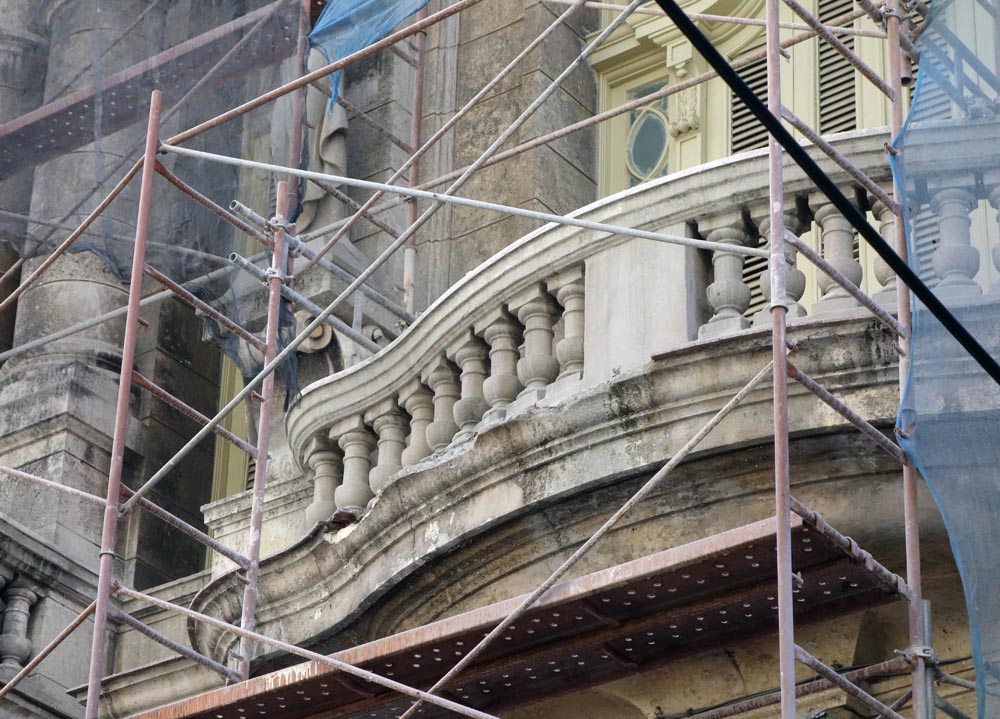
There’s lots of pollution in Havana due to dirty SO2 emitting power stations, lots of diesel and old car engines. This building’s getting a facelift and powerwash. You can see the accumulated grime washed away
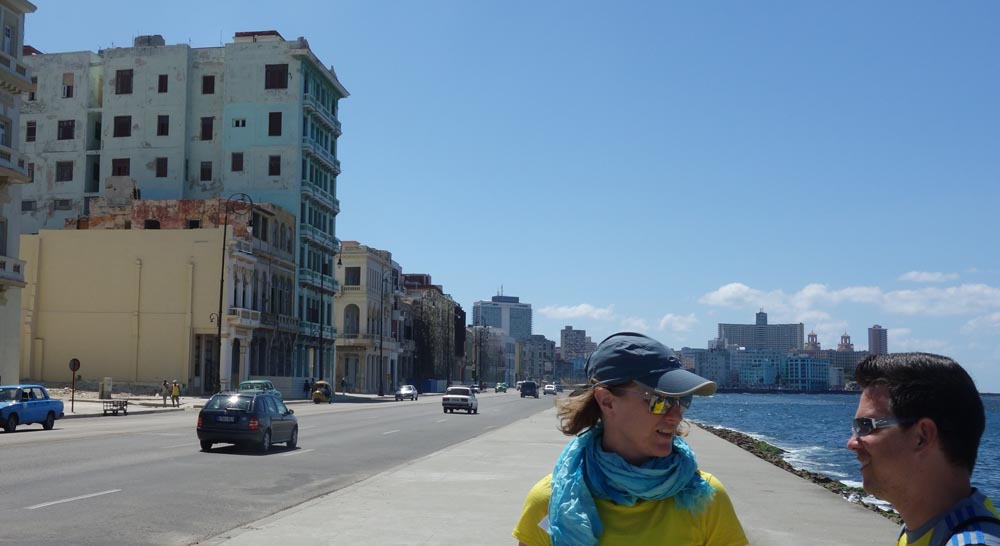
In any other city in the world the buildings on the waterfront would be worth millions and be prime real estate. In Havana buildings on the Malecon take the brunt of salt water damage and are frankly shit-kicked.
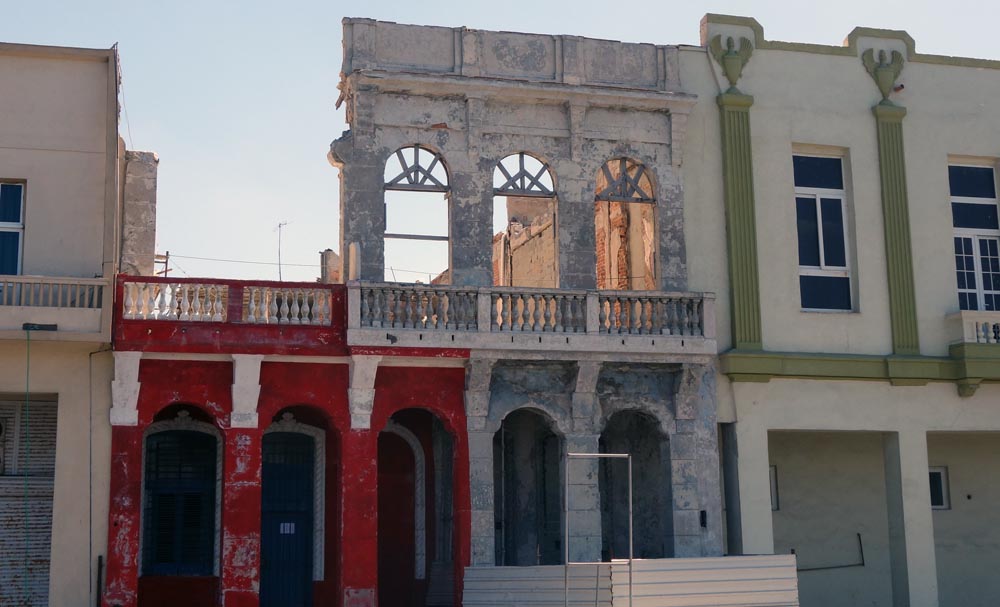
Building facade on the Malecon. Such a contrast
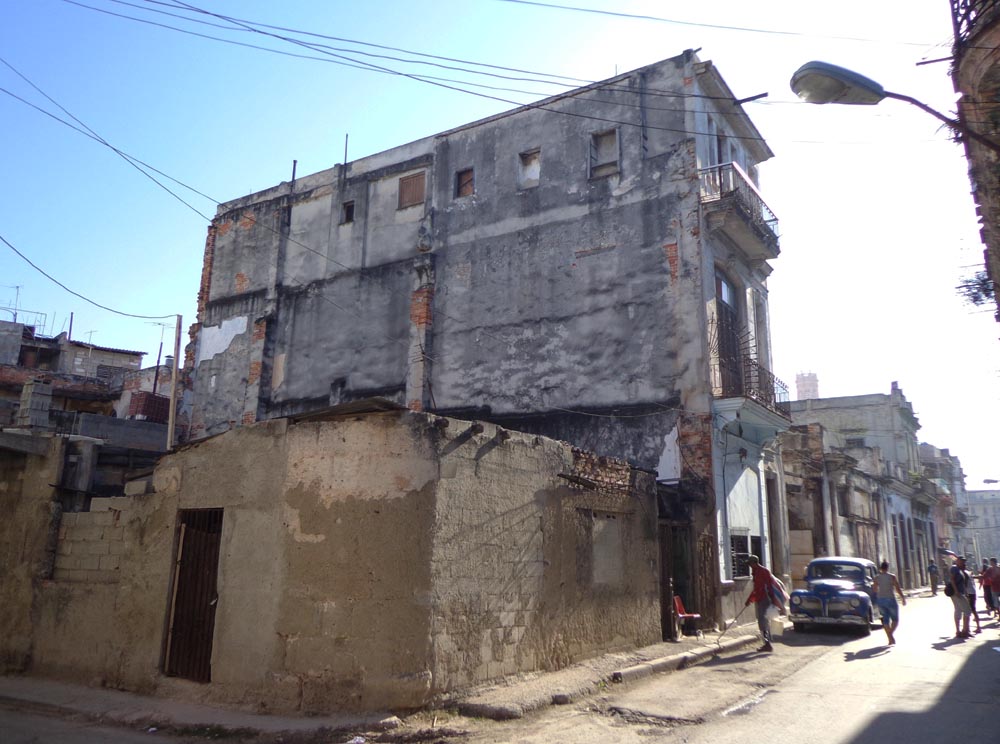
This building’s on Salud – a main E-W connector. It looks like WWII Leipzig post USAF and RAF raids
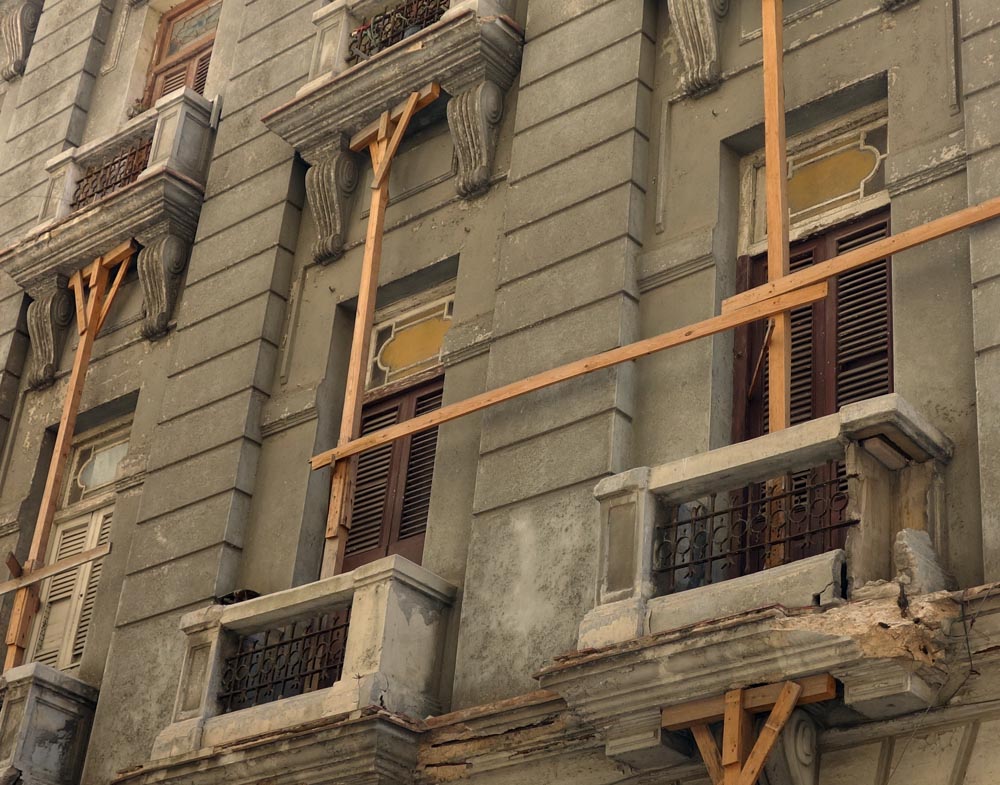
The wet season plays havoc with Vieja’s old colonial-era balcony. This building probably isn’t 450 years old (grates look too new) but all the scaffolding isn’t there just for show
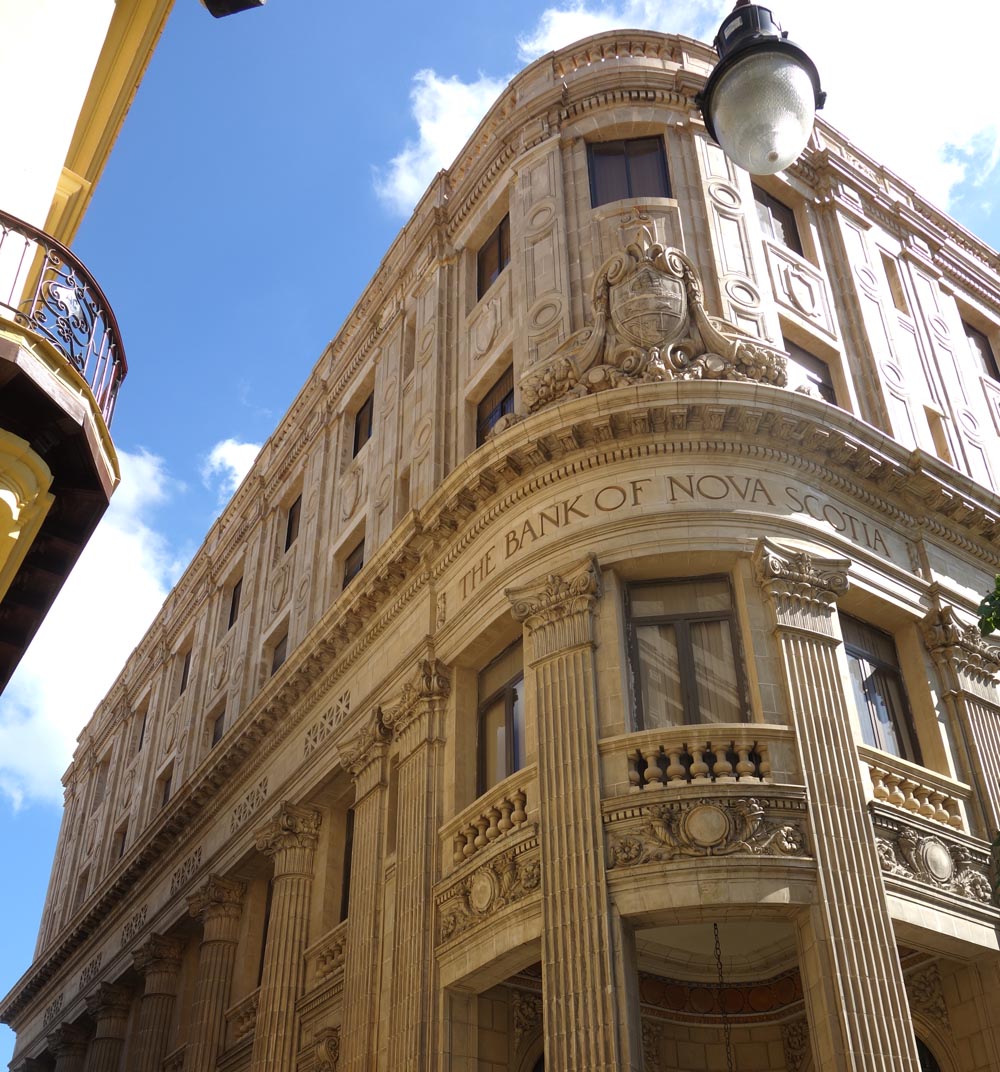
Some buildings in Vieja have gotten the royal treatment. Here’s the BNS building on Calle Mercaderes
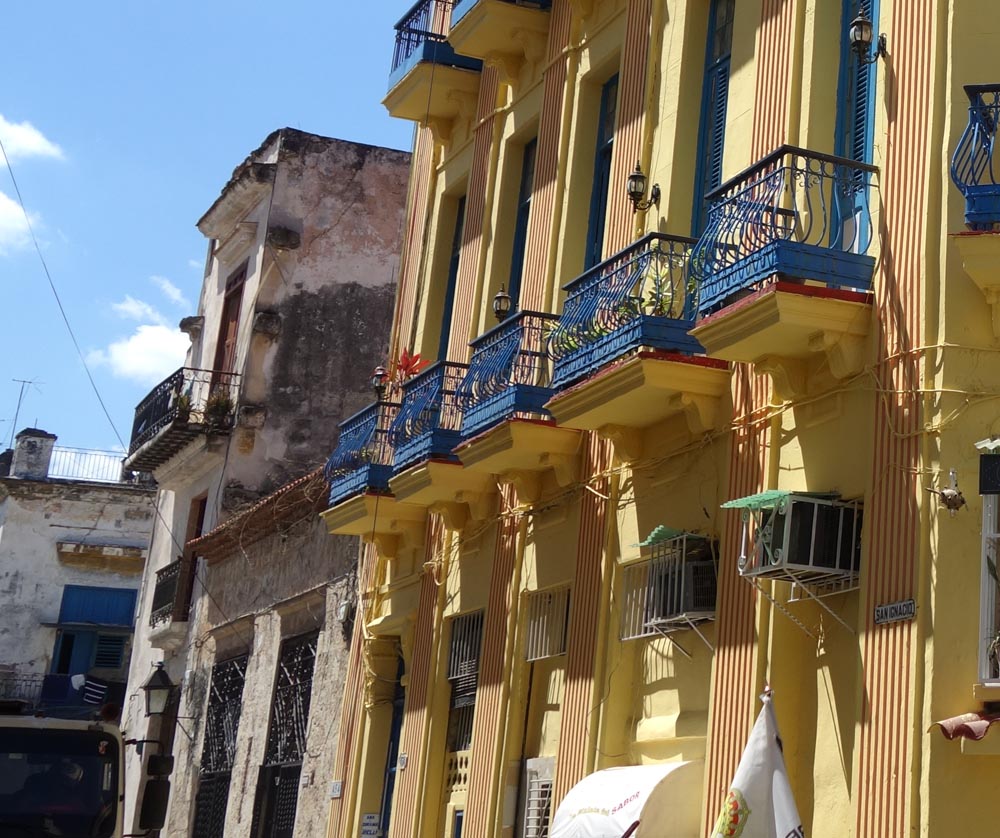
Another study in contrasts on Amargura y San Ignacio.
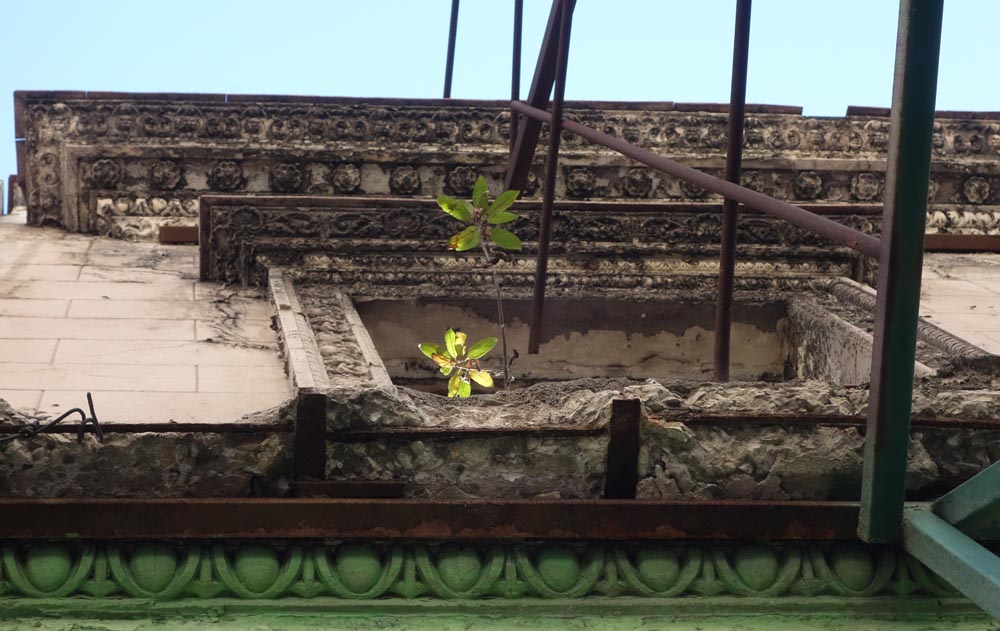
Don’t stand under this balcony in a rainstorm unless you want concrete to the head!
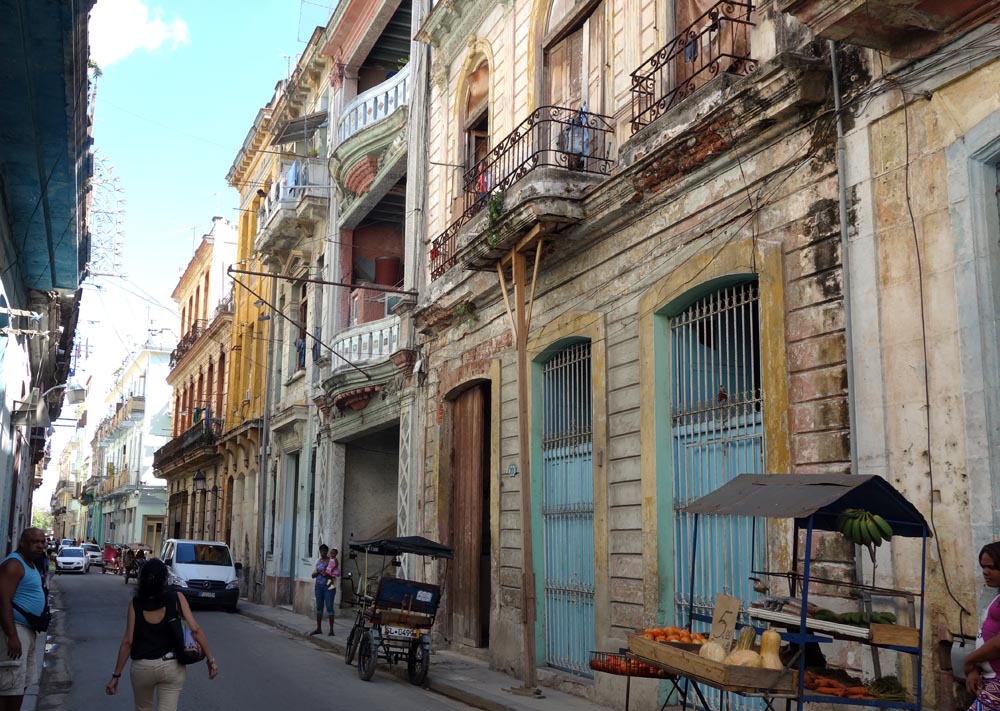
And more scaffolding on San Ignacio in the heart of Havana Vieja.
